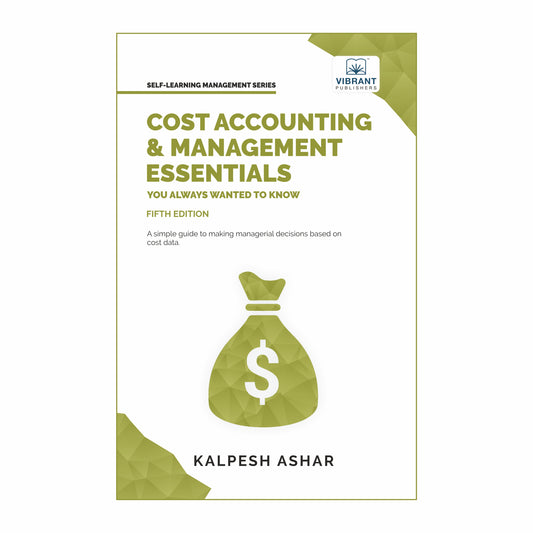Regardless of which industry your company belongs to, you will need an accounting system for tracking the costs of your operations. With the help of a costing system, you’ll be able to determine the total cost of manufacturing a product with how much revenue it can generate.
When it comes to accounting, there are two common methods you can choose from: activity-based costing and traditional costing. In this article, we’re going to take a look at those two costing systems and find out what their differences are.
Overview of Activity-Based Costing (ABC)
Activity-based costing, simply known as the ABC method, refers to a method of allocating overhead costs to products, tasks, acquisitions, or services projects based on these two factors:
- The resources they consume
- The activities that go into them
The ABC method was created by accounts in order to deal with the issues of inaccuracy from the traditional costing method. After all, managers and business owners will need a more accurate costing method in order to determine their profits properly.
Why Opt for the ABC Approach?
Activity-based costing is preferred by a lot of businesses due to it being more accurate. However, it’s quite difficult to implement, not to mention it’s costly as well. As such, activity-based costing is more suitable for businesses that have high overhead costs, specifically businesses that manufacture products instead of offering services.
Overview of Traditional Costing
Traditional costing, on the other hand, is a costing method that involves allocating overhead costs on a single, volume-based cost driver. This single cost driver could be based on several aspects such as the number of labor hours, machine hours, etc.
Why Opt for the Traditional Method?
Companies often use the traditional costing approach to give external reports since it’s a lot easier for outsiders to understand. It’s also a good choice if their overhead costs are lower compared to the direct product costs.
The problem with traditional costing is that it’s not as accurate as ABC. The reason is because the application of overhead costs is applied equally to all of the products’ costs. For that, the traditional costing approach is ideal for companies and manufacturers that only manufacture a few different products.
ABC Vs. Traditional Costing – Which to Choose?
Out of the two, the activity-based costing approach is more accurate since it considers several important factors before it assigns a cost to a certain product. However, this same advantage is also its downside as it makes the process a bit complicated and time-consuming as well.
Meanwhile, traditional costing is a lot easier when it comes to determining product costs since it only relies on assigning average overhead rates. However, this is the reason why it’s less accurate than activity-based costing since it doesn’t include non-manufacturing expenses into the equation. It also doesn’t determine the specific overhead costs that affect certain products.
To better understand these two costing methods, let’s have a look at this example:
There are two roommates sharing the same apartment. Typically, they will divide the overall costs of rent and other stuff like groceries and utility bills. They have several options to do this, but the most common method would be to simply compute the total costs of all bills then divide the total by two. This is a good example of traditional costing.
On the other hand, they can also divide the cost by determining who uses certain utilities then pay only for what each of them uses. For example, if roommate A uses the internet and roommate B doesn’t, then roommate A will be the only one to handle that bill. This is a good example of activity-based costing.
Now, out of the two, which one should you use for your company? Well, your choice should be based on the specific needs of your business and your timeframe. If you go for activity-based costing, you should only use it:
- for internal use since decision-makers can see any relevant spending, thereby allowing them to accurately document all indirect costs.
- when overhead is high since any small changes in a product could also have a huge difference overall.
Traditional costing, on the other hand, works best:
- for external use since outsiders can easily understand and determine a product’s value.
- when overhead is low since it will provide the most accurate reports.
Deciding between activity-based and traditional costing will boil down to your business’ specific needs. However, by learning the differences between them, you’ll be able to figure out how each method can affect your business’ operations and even help you save money in the long run.
To know more about cost accounting and management, and to solve practical examples so that you can evaluate your learnings, grab a copy of Cost Accounting and Management Essentials from Vibrant Publishers.





